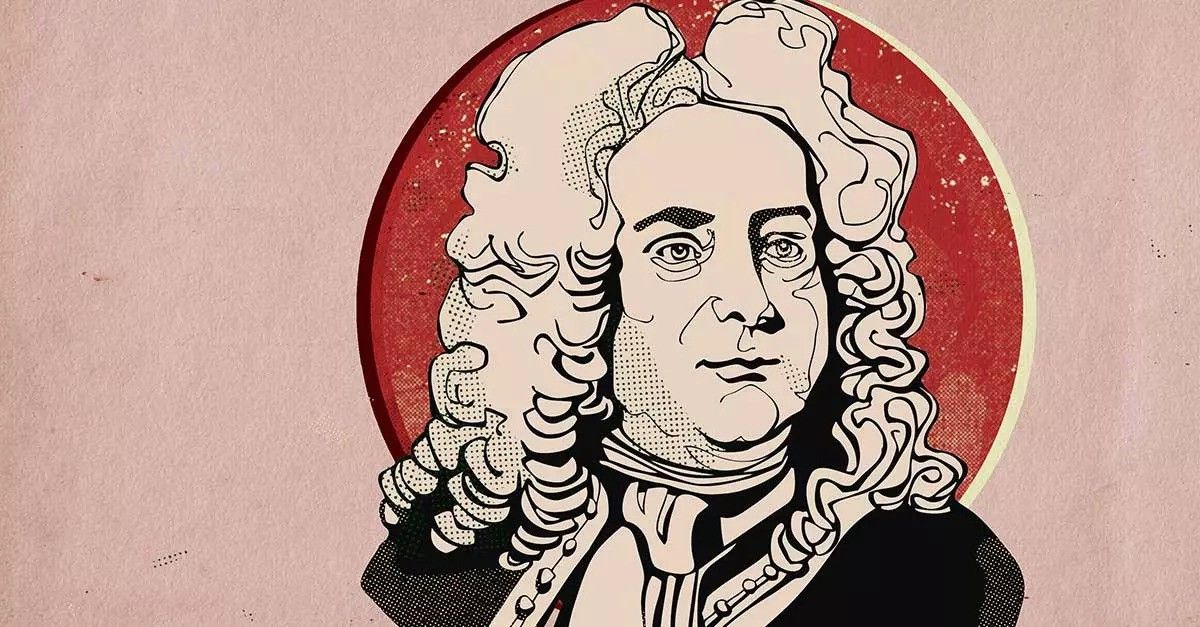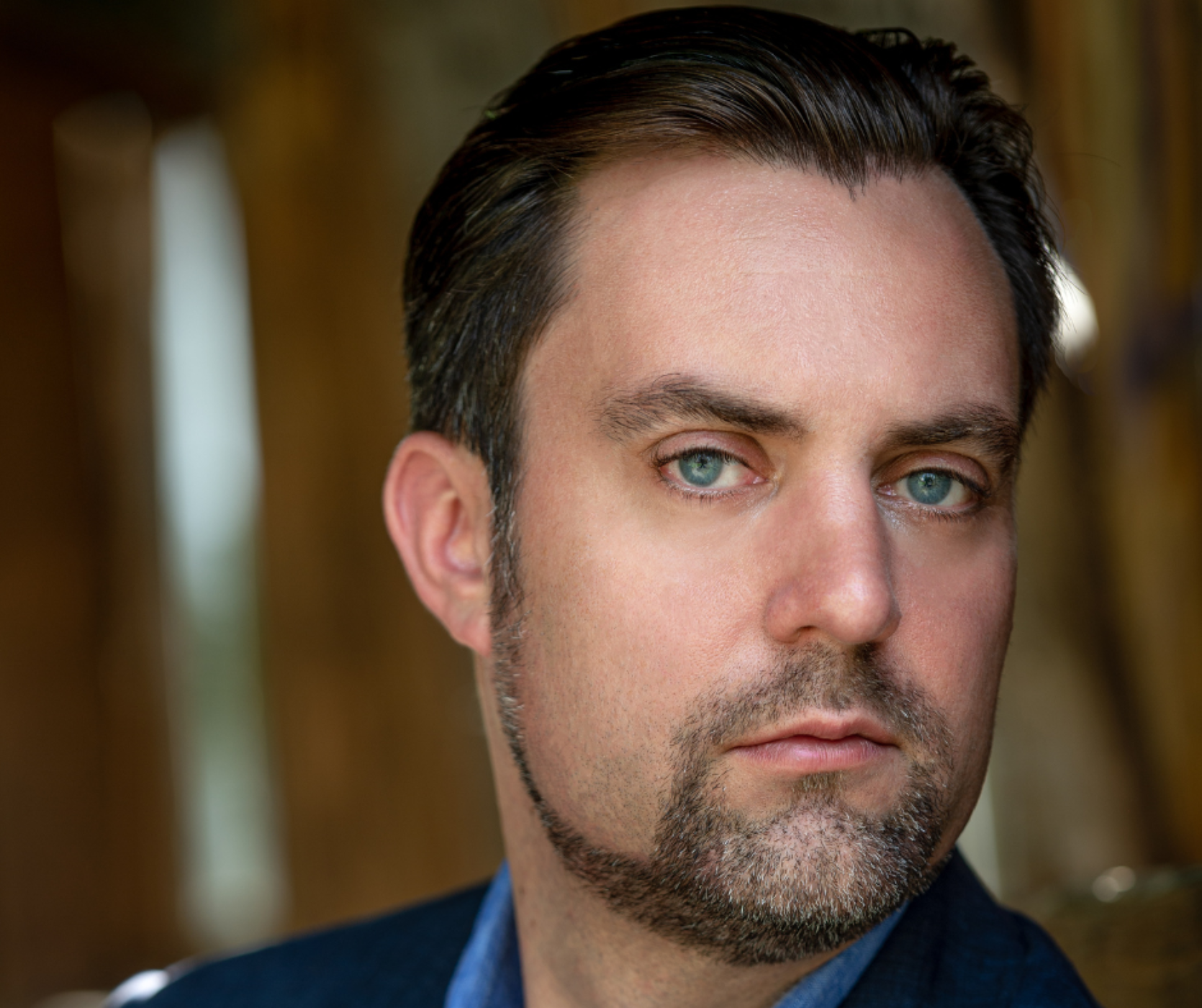THE STORY BEHIND: Mendelssohn's Symphony No.3 (Scottish)
Share
On October 13 & 14, conductor Nicholas McGegan and the Rhode Island Philharmonic Orchestra will present JEREMY DENK PLAYS MOZART with pianist Jeremy Denk.

Title: Symphony No.3, op.56, A minor (Scottish)
Composer:
Felix Mendelssohn (1809-1847)
Last time performed by the Rhode Island Philharmonic: Last performed October 18, 2008 with Larry Rachleff conducting. This piece is scored for two flutes, two oboes, two clarinets, two bassoons, four horns, two trumpets, timpani and strings.
The Story:
On July 30, 1829 Felix Mendelssohn wrote to his parents from Edinburgh:
In the twilight today we went to the [Holyrood] Palace where Queen Mary [Stuart] lived and loved. There is a little room to be seen there with a spiral staircase at its door. . . . The chapel beside it has now lost its roof. It is overgrown with grass and ivy, and at the broken altar, Mary was crowned Queen of Scotland. Everything is ruined, decayed, and open to the sky. I believe I have found there the beginning of my Scotch Symphony.
True to his word, that day Mendelssohn wrote down the melody that begins the “Scottish” Symphony. During that summer holiday in Scotland, Mendelssohn also made many drawings, which, together with his mental images, would be an aid when he finally completed his symphony. The composer had intended to write it soon after leaving England, and he worked on it some during his Italian journey the following year. However, the beauty and gaiety of Italy were far more conducive to writing an “Italian” Symphony, which is just what he did. The more somber “Scottish” had to wait until January 1842 for its completion. That year, Mendelssohn premiered the work in the Gewandhaus concert hall in Leipzig and then took it to London, where the performance aroused such enthusiasm that Queen Victoria permitted Mendelssohn to dedicate it to her personally.
Mendelssohn, the musical landscape artist, opens his “Scottish” Symphony with a vivid sketch of the misty moors in the
Andante
introduction.
Here, he presents the melody that had originated in Scotland. This becomes the basis for most themes in the remainder of the symphony, and Mendelssohn emphasizes this unity by eliminating breaks between movements. The agitated main body of the first movement further depicts the atmosphere of Scotland with special emphasis on its stormy weather. The introductory material returns at the end to provide a contrasting transition to the next movement.
The second movement is probably the most Scottish-sounding part of the work. Its simple main theme is reminiscent of bagpipe tunes. Each phrase even ends in the characteristic short-long rhythm known as the “Scotch snap.”
The Adagio is built on two ideas: a broad, flowing melody heard at the beginning in the violins, and somber, ominous chords from the wind instruments. Mendelssohn may have been musically painting the Scottish landscape he had seen on his earlier journey, which he described as “stern and robust, half wrapped in haze or smoke or fog.”
Mendelssohn originally marked the finale Allegro guerriero (fast and warlike), perhaps suggesting that he had in mind a picture of Highland clans locked in battle. Again, the short-long rhythm predominates, but here it has a militant, stamping character — more dance or action than song. At the end comes a solemn, hymn-like passage, which Mendelssohn wanted to sound like “a male voice choir,” building to the triumphant apotheosis of the entire symphony.
Program Notes by Dr. Michael Fink © 2023 ALL RIGHTS RESERVED
Tickets start at $20! Click HERE or call 401-248-7000 to purchase today!







